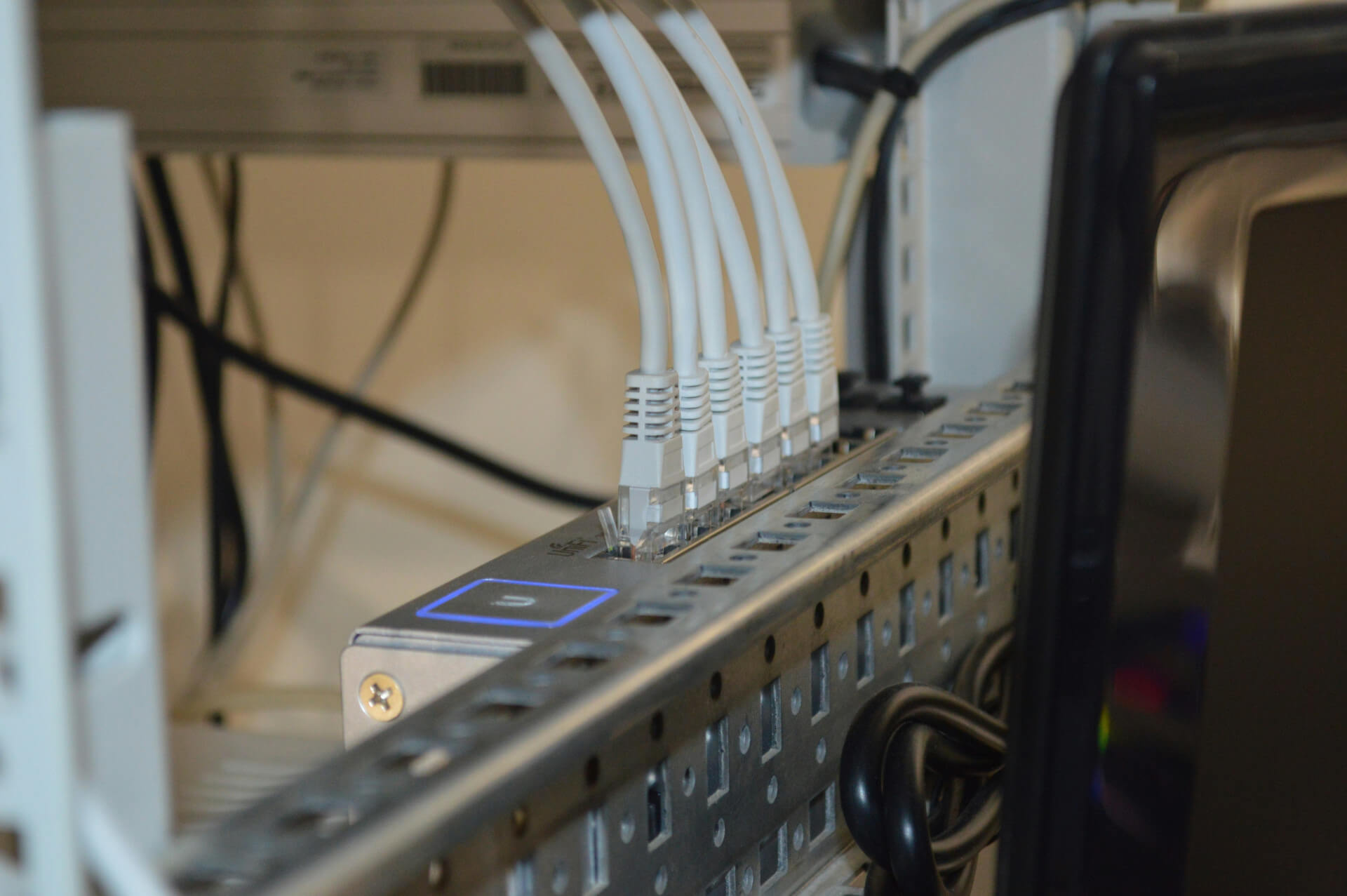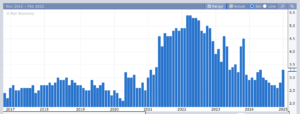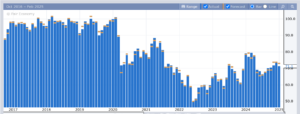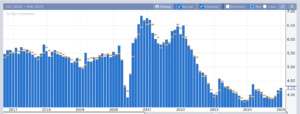Analyses
4.5 million times faster internet in our homes in the future

Researchers at Aston, in an international collaboration with Japan’s National Institute of Information and Communication Technology and Nokia Bell Labs in the US, have successfully transmitted an astonishing 301 terabits per second (Tbps) of data over a single conventional optical fibre. That number is clearly gigabit, but for context, the average home broadband speed in the UK in September 2023 was 69.4 Mbps, according to Ofcom.

Optical fibres are essentially thin glass tubes that transmit information in the form of light – a much faster method than is possible with traditional copper cables. The team has therefore taken this method one step further: they have discovered new wavelengths that have not previously been used to transmit data over the internet. These wavelengths correspond to different colours of light, which means that it is as if several different ‘colours’ of light are used simultaneously to transmit data. It can also be thought of as if sunlight passing through a prism breaks down into the colours of the rainbow – each colour carrying different information. And using the new wavelengths has allowed researchers to transmit much more data at once than ever before.
But this technological breakthrough means not just faster internet, but much more. Of course, this development can indeed improve internet connectivity for end-users by increasing the data-carrying capacity of the internet backbone, but the good news is that it can also make existing infrastructure more efficient, as it can already transmit more data without the need to lay new cables – extending the life and value of fibre.

The key to the team’s success was the development of two new devices, optical amplifiers and optical gain controllers, which enabled the new wavelengths to be achieved and used. These devices are essentially a kind of light amplifiers: they help to increase the signal of light in optical fibres so that more data can be transmitted over greater distances without degrading the quality of the information.



